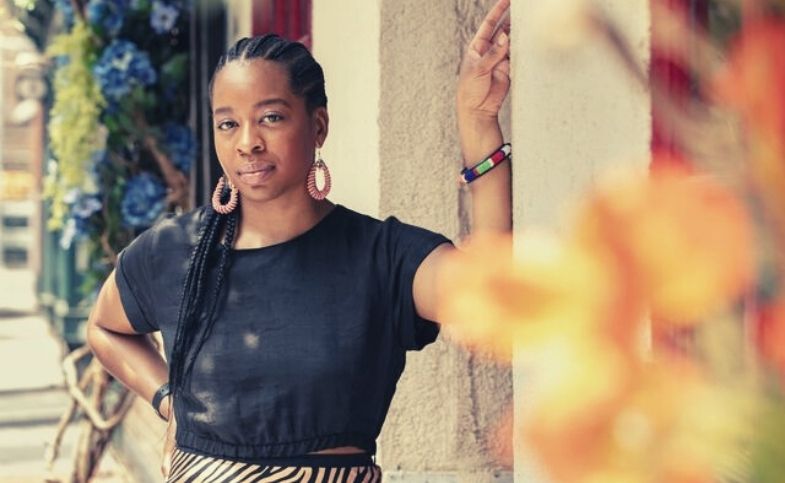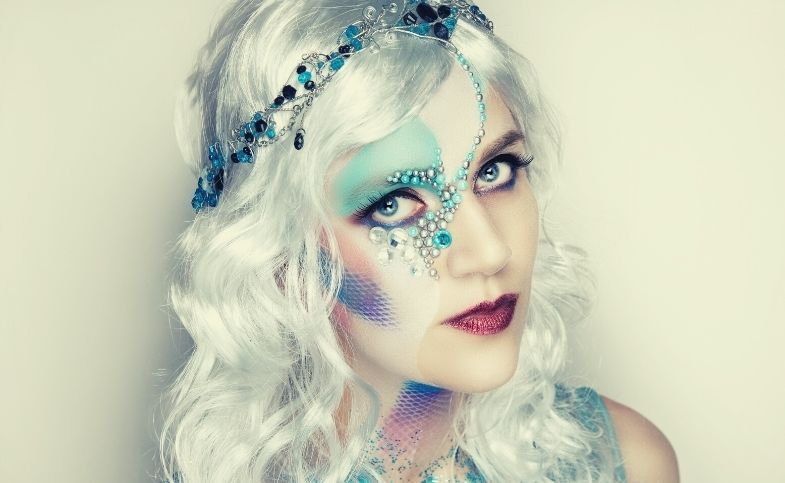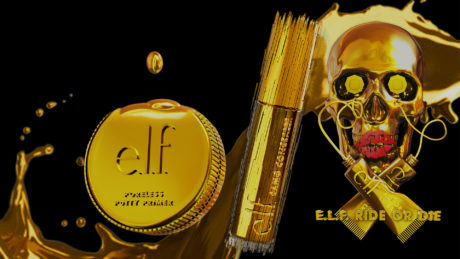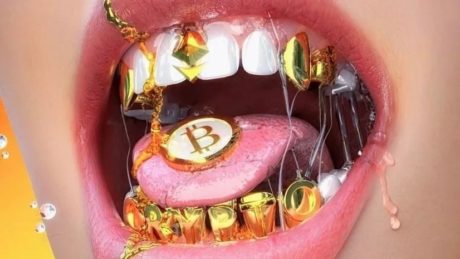As the barrier between the metaverse and real life grows increasingly blurred, it was only a matter of time before the beauty business joined in. The rapid growth of digital consumership has ushered in a new era of cryptocurrency and blockchain technology, upending how we conduct transactions and even product ownership, particularly in the form of NFTs or non-fungible tokens. You are not alone if you don’t know what an NFT is.
NFTs are digital tokens that reflect the exclusive and legitimate ownership of a digital or physical asset or notion. Then these one-of-a-kind digital assets can be auctioned and traded on cryptocurrency exchanges. Or, as Lise Arlot, Head of Strategy at MTArt Agency puts it, “They’re essentially unique digital artworks that can consist of images, videos and/or audio that can be created, collected, and traded on dedicated platforms.”
“NFTs are incredibly versatile,” says Arlot. “They can trigger special access, treats or interactions for their owners, which makes the possibilities endless for engage with, nurturing, and growing online communities by providing unique fully digital experiences or by enhancing and recording real-life events.”
NFTs have made great strides in the art and fashion worlds, with some of the world’s largest and oldest fashion businesses making one-of-a-kind creations with a digitally protected right of ownership. NFTs are now making their way into the realm of cosmetics. Clinique, NARS, and e.l.f. Cosmetics were among the first beauty firms to manufacture beauty NFTs or N.e.l.f.Ts, and make them available on the cryptocurrency market.
NARS commissioned three female artists to create three NFTs inspired by their legendary NARS Orgasm product line: DJ and music producer Nina Kraviz, collage and crystal artist Sara Shakeel, and fashion designer Azéde Jean-Pierre. “Innovation is in our DNA at NARS,” Dina Fierro, Vice President of Global Digital Strategy and Socialisation, explains. “Whether that’s via iconic products, breakthrough campaigns or digital disruption.”
NFTs, which are designed to give consumers ownership of original files, make sense from consumer standpoint, but what do businesses hope to gain by deploying NFTs in the beauty industry?
“The use cases for NFTs are numerous and it’s difficult to predict where the technology will take us in the coming years,” Fierro says. “For brands like NARS, with a distinct creative identity, unparalleled product, and strong IP, NFTs can be a powerful mechanism to tokenise community and loyalty programs, or to allow consumers to showcase their brand affinity.”
Beauty NFTs, however still in their infancy, are offering marketers a new and innovative method to connect with their customers beuong products. For many firms, it’s a new way to build a closer, more direct relationship with their customers – a concept at the heart of e.l.f. Cosmetics’ foray into the world of NFTs.
“The NFT space is quickly evolving especially as the technology is getting more accessible, making it easier for consumers to get involved,” says Gayitri Budhraja, Chief Brand Officer at e.l.f. Cosmetics. “It’s a new way for super fans to be a part of the brands that they love,” says the company.
It’s a new way for super fans to be a part of the brands that they love.
It should also go without saying that the additional revenue streams provided by NFTs are enticing to beauty brands. It establishes a direct line of communication between brands and consumers, providing a plethora of consumer data knowledge. NFTs are turning into a win-win situation for the beauty sector.
e.l.f Cosmetics released three limited edition NFT versions of its best-selling products in June 2021: the Poreless Putty Primer, 16HR Camo Concealer, and Ride or Die Lip Balm, all of which were gold-dipped. The gold NFT iterations were then sold as ‘Crypto Cosmetics’ on the NFT marketplace Bitski. Only nine were made, and each one cost less than $9. What is the goal? To create NFTs that straddled the lines between being accessible and exclusive while still staying tradeable collectibles. To appeal to both ‘crypto diehards’ and committed customers of the brand. A objective that is comparable to NFTs’ initial mission: to democratize the realm of art and design and make it more accessible.
The brand has no idea who acquired the NFT product twins, but Budhraja believes at least a few super fans were able to get their hands on them. ‘The reaction wasn’t wholly unexpected,’ she says. ‘Crypto-enthusiasts reacted positively, while beauty admirers were a little unsure. The beauty industry is still trying to figure out what this is and how valuable it is.’
The beauty community is still trying to wrap their heads around what this is and what the value is.
NFTs, on the other hand, can be perplexing. This is especially true when it comes to a physical idea such as beauty. Whether it’s a traditional red lipstick or a hydrating face mask to infuse some much-needed moisture, we look to cosmetic products to give some form of visual or sensory effect. Yes, beauty goods frequently have a collectible aspect or gorgeous packaging, but do they lose their purpose when they lose their actual function or application?
Clinique takes a more emotive approach to NFTs. Creating NFTs is more than a transactional arrangement for the cosmetics behemoth; it’s about improving their relationship with their customers. They released three different editions of their first NFT, dubbed “MetaOptimist,” and are adopting a novel approach to how users can claim their NFT. Instead of selling them, Clinique is offering its Smart Rewards members the opportunity to receive the NFT, along with a selection of goods, once a year for the next decade by inviting customers to contribute their stories of hope and optimism for the future.
Carolyn Dawkins, Senior Vice President of Clinique Global Online, Consumer Engagement & Product Marketing, says, “At Clinique, we’re always looking for new ways to innovate and provide customers with unique, engaging ways to interact with our brand.” ‘Brand authenticity and consumer enthusiasm are important in the realm of NFTs, and we believe our strategy delivers. With storytelling and engagement at their core, these NFTs offer a distinctively contemporary way to recognize loyalty and put our customers in the driver’s seat.’
NFTs are a novel concept, and as with everything new, there will be growing pains, including financial risk. Long-term, it’s unclear if NFTs will continue to be profitable; their value could plummet at any time. Furthermore, NFTs have the potential to have a significant environmental impact. According to a study conducted by the University of Cambridge, global bitcoin mining consumes more energy than the entire country of Argentina. With the beauty industry’s current challenges centered on sustainability, addressing the environmental impact of NFTs is a critical issue.
Although the verdict on beauty NFTs and their position in the industry is yet out, it’s difficult to ignore their importance in fostering a more engaged, loyal, and dynamic relationship between customer and brand. If it weren’t for the appeal of novelty. The expanding success of beauty NFTs signifies another step ahead towards a new era as our environment becomes increasingly digital.
















